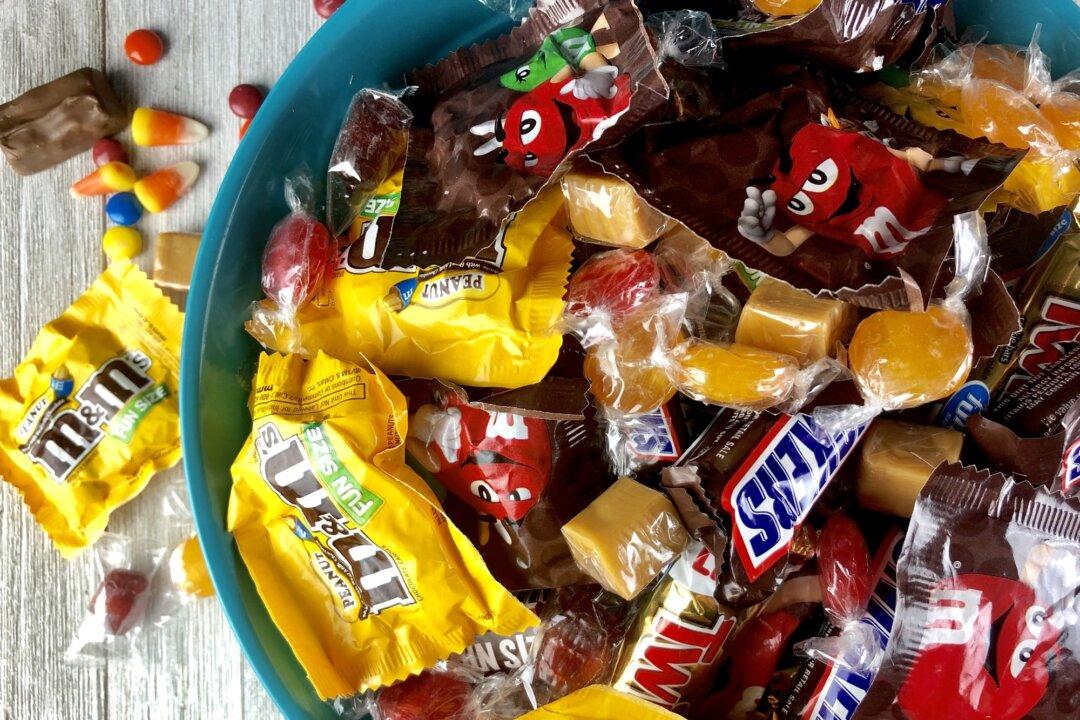Candy prices in the United States are soaring right before Halloween due to rising inflation.
American consumers are expected to spend a record $10.14 billion on Halloween this year, up from $8.05 billion in 2021, according to the National Retail Federation.





